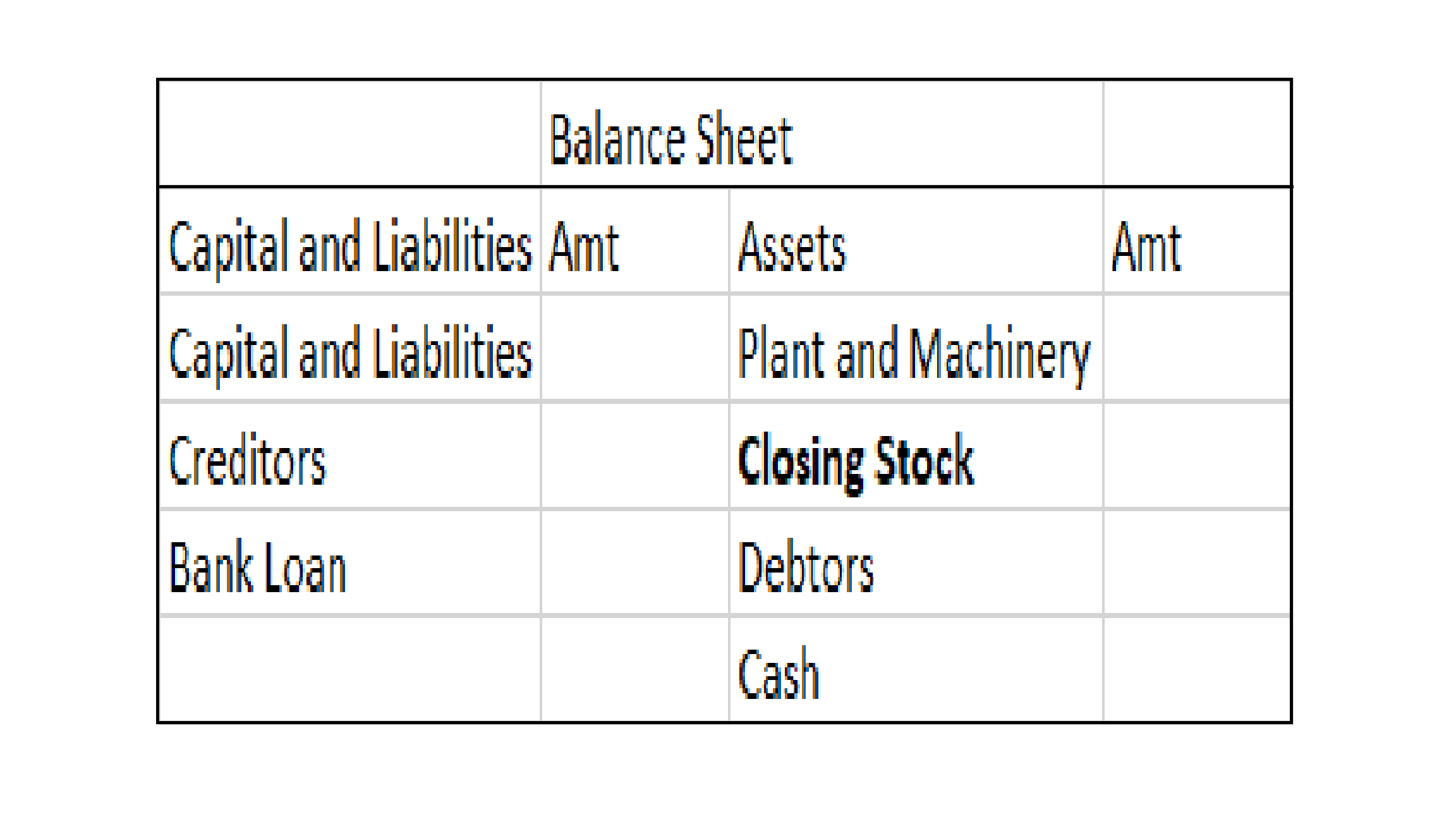The term ‘bad debt’ and ‘write off’ are often used together in a sentence but they have different meanings. First, we will discuss them in brief to understand the differences between them. Bad debts We know, debtors for a business are their assets because the business has the right to receive moneyRead more
The term ‘bad debt’ and ‘write off’ are often used together in a sentence but they have different meanings. First, we will discuss them in brief to understand the differences between them.
Bad debts
We know, debtors for a business are their assets because the business has the right to receive money from the debtors due to the goods supplied to them.
But if due to circumstances, there appears no probability that the amount due to one or more debtors will be realised to the business, then such debts are categorised as bad debts.
In short, bad debts refer to the amount of money that will not be received from some debtors of the business due to some circumstances like insolvency of debtor etc.
Bad debt is deducted from debtors account by the following journal entry:
| Bad debts A/c | Dr. | Amt |
| To Debtors A/c | Cr. | Amt |
| (Being bad debts written off from debtors) |
As bad debts are losses to a business, it is ultimately written off from the profit and loss account.
| Profit and loss A/c | Dr. | Amt |
| To Bad debts A/c | Cr. | Amt |
| (Being bad debts written off to profit and loss account) |
Write off
In layman terms, write off means to deduct something out from something. In accounting, write off means to deduct or reduce value of assets by crediting it to a liability account which is usually a reserve account or the profit and loss account.
It also refers to the elimination of an item from the books of accounts particularly losses and expenses.
Generally, writing off is associated with the following:
- Bad debts.
- Damaged Inventories.
- Loss on issue or redemption of debentures.
- Preliminary expenses.
- Bad loans and advances.
Write off can be done in one of the following methods:
- Direct write-off: The write off is directly done by crediting asset account or loss account and debiting the reserve or P/L account.
- Indirect write-off: Here, an intermediate account is involved between the asset account and liabilities account. A common example is writing off of bad debts where the bad debts account is the intermediate account.
Hence, the following differences can be observed between bad debts and write off or writing off:





There are two types of ledger accounts in the accounting system – temporary and permanent. Temporary accounts are those whose balances zero out and we do not carry forward balances to the next year. Examples are revenue and expenses accounts or nominal accounts. The balances of such accounts are traRead more
There are two types of ledger accounts in the accounting system – temporary and permanent.
Temporary accounts are those whose balances zero out and we do not carry forward balances to the next year. Examples are revenue and expenses accounts or nominal accounts. The balances of such accounts are transferred to the profit and loss account and therefore are not balanced.
Permanent accounts are those whose balances are carried forward to the next accounting year in form of opening balances. These accounts are balanced and such balances are transferred to the balance sheet. Examples are assets, liability and capital accounts or personal and real accounts.
Balancing an account means equaling both the debit and the credit side of the account. Generally, there is a difference between the accounts recorded as a carry down balance in the case of permanent accounts and as a transfer balance in the case of temporary accounts.
Balancing serves as a check to the double-entry rule of accounting.
Balanced accounts
As discussed above, the balanced accounts are shown in the balance sheet and the balancing figure for such accounts are carried forward to the next accounting period.
Unbalanced accounts
As per the above discussion, the balancing figures of unbalanced accounts are transferred to the profit and loss account and no balances are carried forward to the next accounting period.
Suppose a company Shine Ltd. has machinery costing 5,00,000 at the beginning of the accounting period and charges depreciation of 10% on the asset. The company also has creditors amounting to 50,000 at the beginning of the period and purchases goods amounting to 30,000 on credit. It has a cash balance of 95,000 at the beginning of the period and earns interest amounting to 10,000.
Following ledgers would be prepared to record the above entries:
The above ledgers can be shown as follows:
The balance of the machinery account will be shown in the balance sheet and therefore it is a balanced account.
The balance is transferred to the profit and loss account and therefore depreciation account is an unbalanced account.
The balance of creditors account will be shown in the balance sheet and therefore it is a balanced account.
The balance is transferred to the profit and loss account and therefore purchases account is an unbalanced account.
The balance of the cash account will be shown in the balance sheet and therefore it is a balanced account.
The balance is transferred to the profit and loss account and therefore interest account is an unbalanced account.
See less